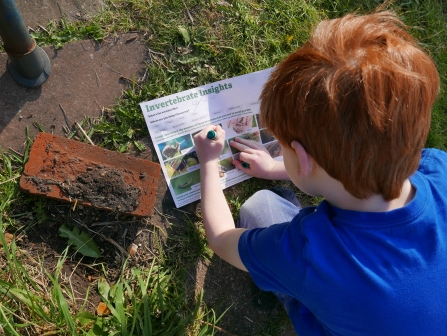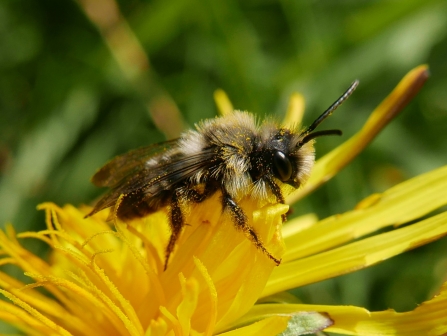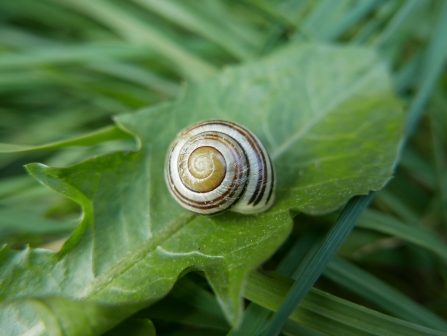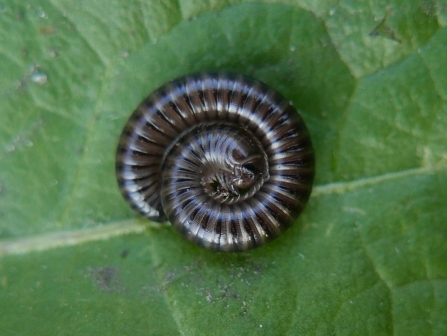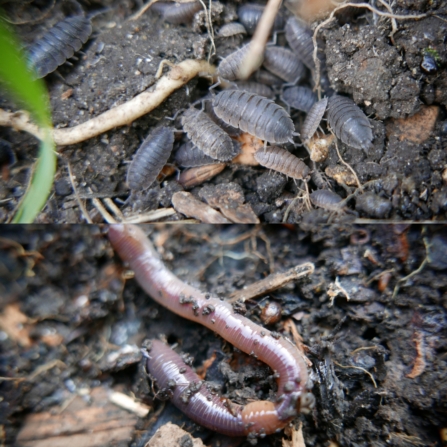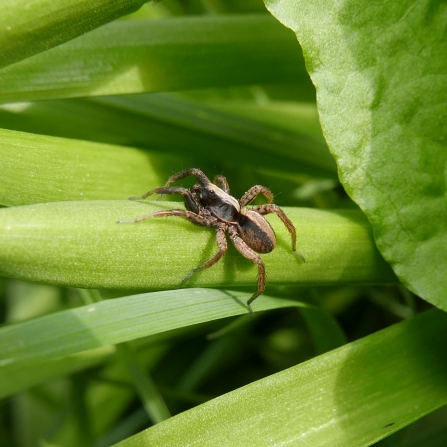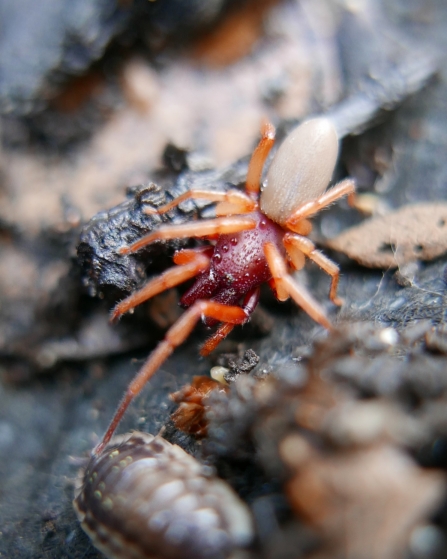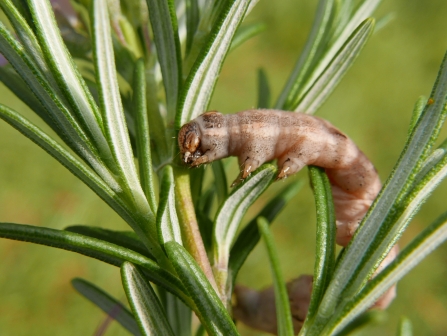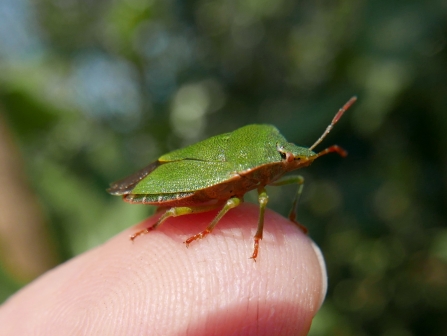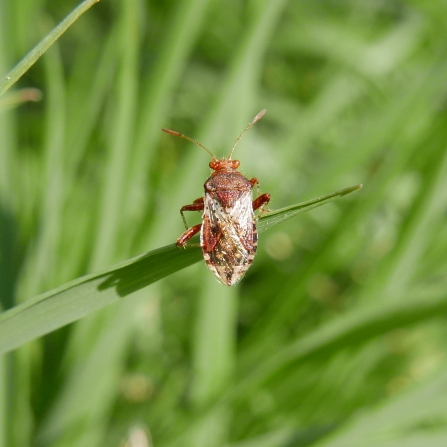This month, Hampshire & Isle of Wight Wildlife Trust launched a citizen science campaign that asks, ''How wild are we?'' The Trust would love to know how wild your local spaces are, from the wildlife in your garden, balconies and pot plants to the wildlife you can see from your window. The data collected will help the Trust track its progress towards a wilder 2030.
Take part in our citizen science surveys
Citizen science is when members of the public work together to gather (or analyse) data that helps with scientific understanding or research. It's a great way to help with conservation by expanding knowledge and understanding of the wildlife in your local areas. You might be surprised to find even the most urban spaces are teeming with wildlife when you take the time to look closely.
This week, my son and I really enjoyed looking for minibeasts in our garden for Invertebrate Insights. We downloaded and printed out the handy spotter sheet to identify and record our finds with.


